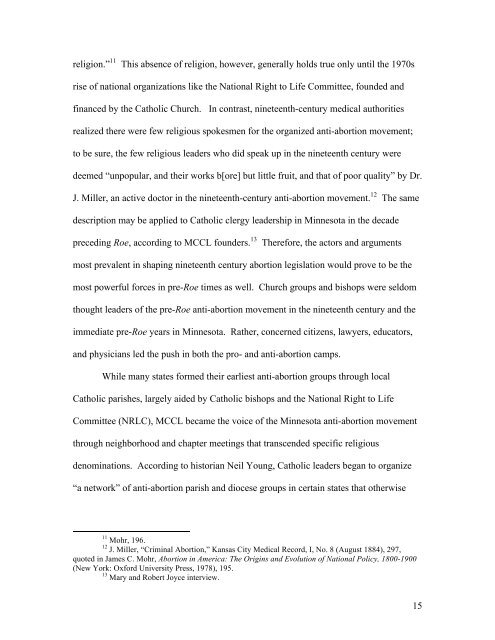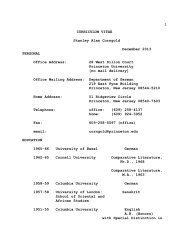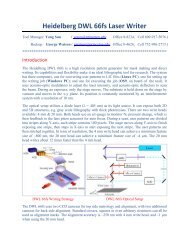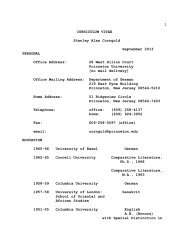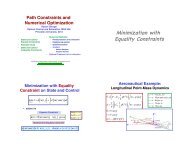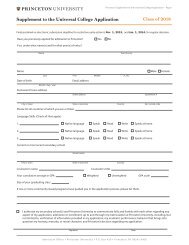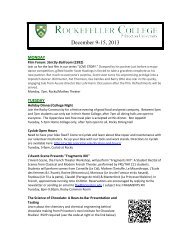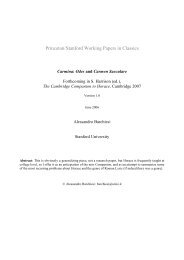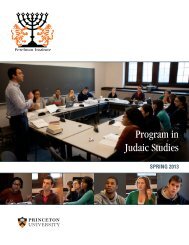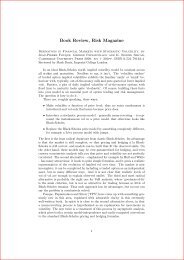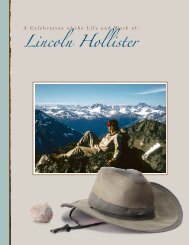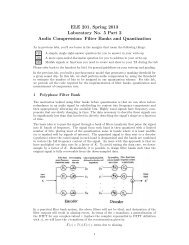The Pre-Roe Pro-Life Movement in Minnesota and New York
The Pre-Roe Pro-Life Movement in Minnesota and New York
The Pre-Roe Pro-Life Movement in Minnesota and New York
You also want an ePaper? Increase the reach of your titles
YUMPU automatically turns print PDFs into web optimized ePapers that Google loves.
eligion.” 11<br />
This absence of religion, however, generally holds true only until the 1970s<br />
rise of national organizations like the National Right to <strong>Life</strong> Committee, founded <strong>and</strong><br />
f<strong>in</strong>anced by the Catholic Church. In contrast, n<strong>in</strong>eteenth-century medical authorities<br />
realized there were few religious spokesmen for the organized anti-abortion movement;<br />
to be sure, the few religious leaders who did speak up <strong>in</strong> the n<strong>in</strong>eteenth century were<br />
deemed “unpopular, <strong>and</strong> their works b[ore] but little fruit, <strong>and</strong> that of poor quality” by Dr.<br />
J. Miller, an active doctor <strong>in</strong> the n<strong>in</strong>eteenth-century anti-abortion movement. 12 <strong>The</strong> same<br />
description may be applied to Catholic clergy leadership <strong>in</strong> M<strong>in</strong>nesota <strong>in</strong> the decade<br />
preced<strong>in</strong>g <strong>Roe</strong>, accord<strong>in</strong>g to MCCL founders. 13<br />
<strong>The</strong>refore, the actors <strong>and</strong> arguments<br />
most prevalent <strong>in</strong> shap<strong>in</strong>g n<strong>in</strong>eteenth century abortion legislation would prove to be the<br />
most powerful forces <strong>in</strong> pre-<strong>Roe</strong> times as well. Church groups <strong>and</strong> bishops were seldom<br />
thought leaders of the pre-<strong>Roe</strong> anti-abortion movement <strong>in</strong> the n<strong>in</strong>eteenth century <strong>and</strong> the<br />
immediate pre-<strong>Roe</strong> years <strong>in</strong> M<strong>in</strong>nesota. Rather, concerned citizens, lawyers, educators,<br />
<strong>and</strong> physicians led the push <strong>in</strong> both the pro- <strong>and</strong> anti-abortion camps.<br />
While many states formed their earliest anti-abortion groups through local<br />
Catholic parishes, largely aided by Catholic bishops <strong>and</strong> the National Right to <strong>Life</strong><br />
Committee (NRLC), MCCL became the voice of the M<strong>in</strong>nesota anti-abortion movement<br />
through neighborhood <strong>and</strong> chapter meet<strong>in</strong>gs that transcended specific religious<br />
denom<strong>in</strong>ations. Accord<strong>in</strong>g to historian Neil Young, Catholic leaders began to organize<br />
“a network” of anti-abortion parish <strong>and</strong> diocese groups <strong>in</strong> certa<strong>in</strong> states that otherwise<br />
11 Mohr, 196.<br />
12 J. Miller, “Crim<strong>in</strong>al Abortion,” Kansas City Medical Record, I, No. 8 (August 1884), 297,<br />
quoted <strong>in</strong> James C. Mohr, Abortion <strong>in</strong> America: <strong>The</strong> Orig<strong>in</strong>s <strong>and</strong> Evolution of National Policy, 1800-1900<br />
(<strong>New</strong> <strong>York</strong>: Oxford University <strong>Pre</strong>ss, 1978), 195.<br />
13 Mary <strong>and</strong> Robert Joyce <strong>in</strong>terview.<br />
15


